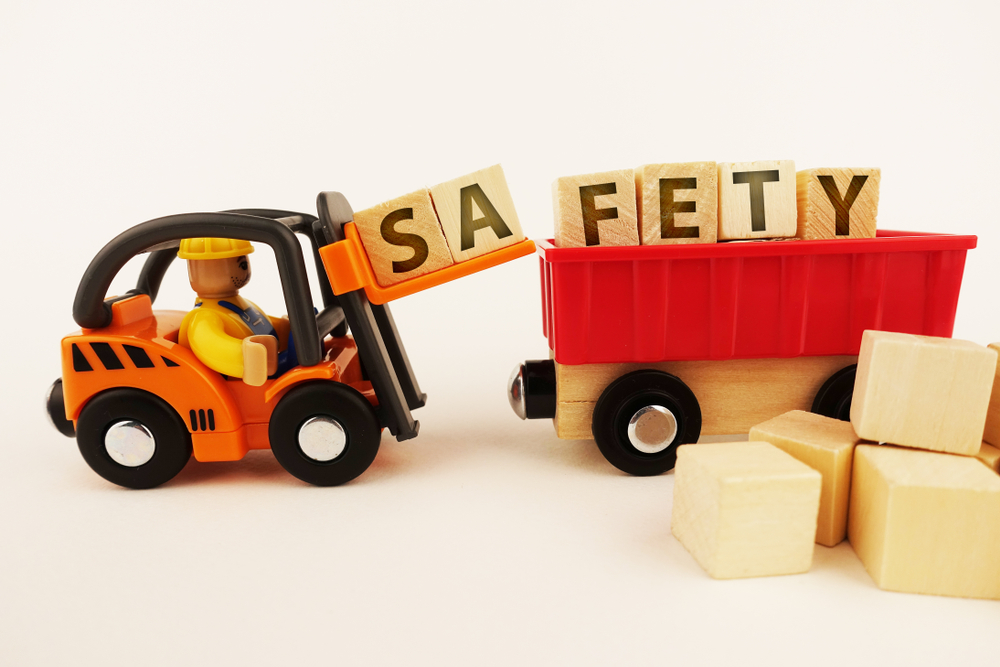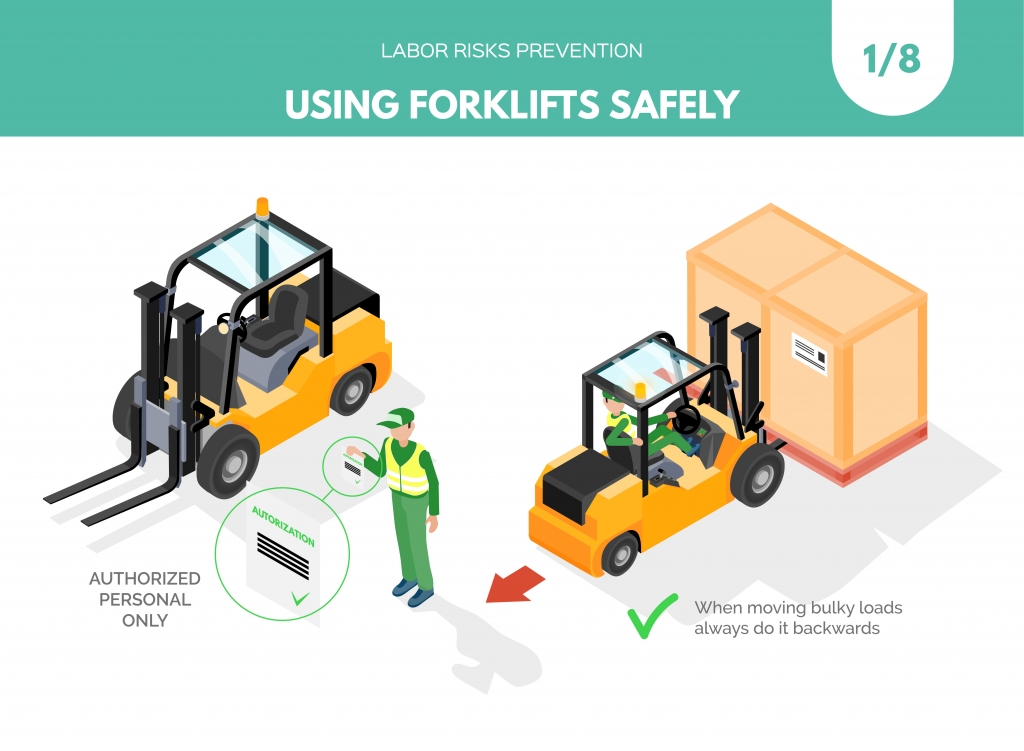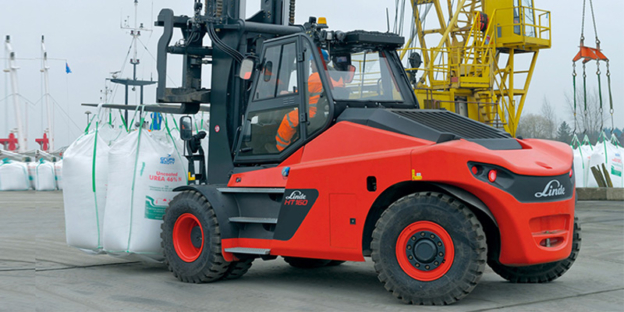- Forklifts are the essential components in most of the warehouses and workplaces to lift heavy loads, transport them and stack them to their places. Be it a diesel forklift or an electric one, these highly helpful machines can quickly turn into destructive weapons if used without the right safety measures. As such, there are quite a few easy to remember techniques which can prove to be useful to the longevity of the men as well as the machines.

1. Deploying only well trained and qualified operators
While this seems obvious, we still can’t stress enough on the importance of proper training and qualification before officially driving the forklift in the workspace. According to a report conducted in India, each year nearly 11% of forklifts are a part of some accident, resulting in about 100,000 injuries and 85 fatalities. It is indeed a matter of great responsibility on the part of the operator in order to avoid fatalities and prevent workplace injury to self and others. Also, make sure minors are not operating your forklifts in your absence, it’s illegal!

2. Use of Safety Gears
With great responsibility comes an elaborate list of safety gears. The uniform of a forklift operator is not complete unless he ticks the following list:
- Hard hat – To protect your head from falling objects
- Safety shoes – To protect from electric shock, fallen nails or other sharp objects and from heat and wet floors.
- Neon Jackets – to improve visibility and also add some funk
- And finally some nice well-fitting clothes – because flowy clothes could get caught up in some machinery.
- The point is to not wear something which would compromise the operator safety while also preparing for the worst.
3. Understand the load-bearing capacity of the equipment
One of the most common reasons of forklift-related accidents is the imbalance caused to the vehicle due to improper loading. Loads should be stacked correctly whilst being mindful of the phenomenon called center of gravity. Be mindful of the below pointers:
- Pallets or skids should be deployed to balance the load.
- The loads should be spread equally across both forks
- Do not overload
- Do not Push a load with the fork
- Keep the forks low while in motion
4. Mind your speed
The mundanity of driving the forklift all day might lead to the thought of doing something thrilling due to the driving confidence the operator acquires. We can’t blame this general tendency of men to speed up things once in a while to break the boredom, but it is definitely advised to be careful. As a caution,
- Never cross the speed limit
- Keep the right ratio of the load and the speed
- Be careful not to bump into other loads, trucks or high voltage areas or slippery roads.
5. Stay off the mast
Do not allow anyone to stand or walk under the load or forklift machinery. The load can fall anytime and could cause injury or even death. Also, if the mast is lowered, it may crush your hands or legs if found beneath.
6. Ensure proper visibility
obstructed visibility might lead to accidents. Edges of loading docks and other areas where forklifts tread should be marked with reflective markings. Never underestimate the utility of signboards with clear indications placed wherever required. Poorly lit areas or too brightly lit areas can also pose a dampen visibility.
7. Regular safety checks
Check and recheck and always keep an eye for the missing screw. Machines DO need maintenance in order to keep them going long and safe. Simple steps such as parking the forklift in the designated area every time it is used; turning ‘off’ the forklift, and taking out the keys, ensure half the work is already done. Linde is a leading manufacturer of heavy duty diesel forklift, Pallet trucks, and other warehouse & logistic equipment.
